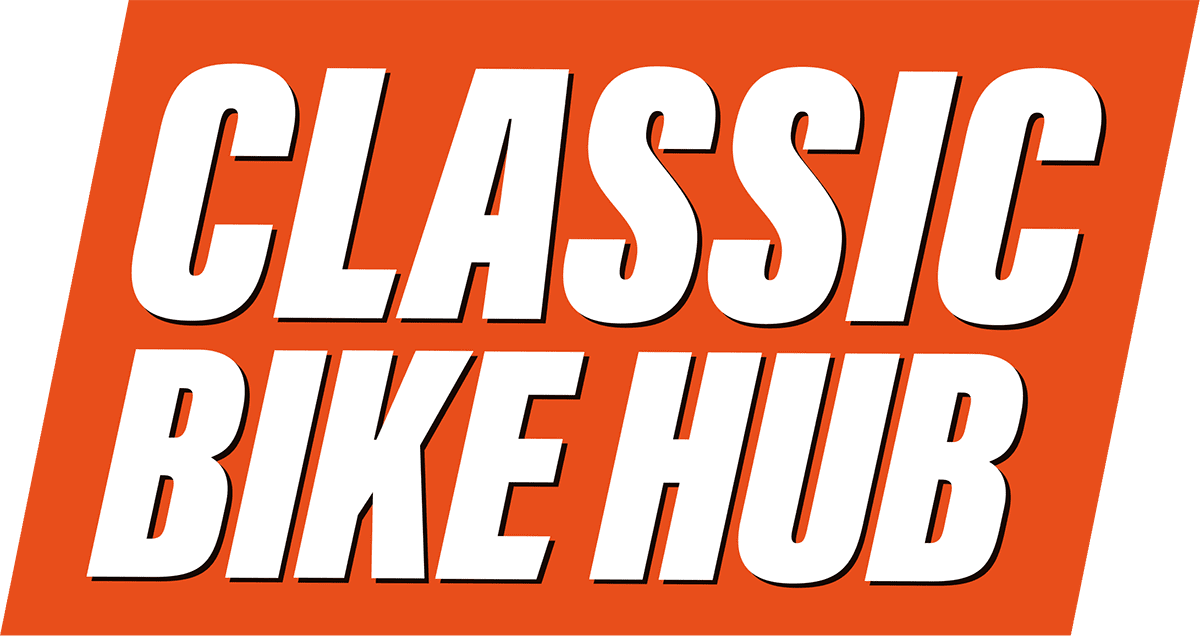
After years of hard work, Rob Seedhouse had his wreck of a Norton lightweight nearly ready to run. But then came… the paperwork!
During the build-up I registered the Navigator with an age-related plate. I couldn’t find any documentary evidence to prove that its original registration number — which was on the motorcycle when I purchased it — legitimately belonged to it. I found the DVLA in Swansea to be very helpful all through the process. The final stages have to be done locally, however; they need you to take the vehicle to the local DVLA office for inspection. It used to be done at home, but now they don’t have time to make house-calls to inspect vehicles.
However, I would really have preferred to keep its original number instead of using a newly issued, if age-related, one. After much research I eventually found out at my Local History Centre that the original number was a Coventry one. I then managed to obtain the proof required by the DVLA through the Coventry Museum of Transport. We convinced the DVLA — so now the Navigator wears its original number. It took me about 10 years, on and off, to find this proof, and many people would think that was a waste of time. I don’t, because I believe it’s right to try to reunite both machine and its original number.
Finally, after starting work on the project back in 1990, the Navigator was about ready to fire up. Before letting loose, however, I turned the engine over until oil came out of the return pipe to make sure that the bearings were primed. Then: petrol in (leaded / unleaded / LRP; what a decision!), prime the carb, choke on. Turn the engine over two or three times. Switch on. Take a long swing on the kickstart and —
 Nothing.
Nothing.
The wife and I looked at each other.
I took another swing at the kickstart and — hey presto! — beautiful music burst forth from the exhausts. I checked the oil tank and, yes, there was plenty of oil returning. I threw on my helmet for a short run up the road to check the gearbox. Funny; the gearlever doesn’t work and the back brake doesn’t either…
Stop and think. I’d forgotten that this was right-hand gear lever and left-hand brake era motorcycling. I tried again and magically all seemed OK!
The next call was to my local MoT station to book in for a test. I had raised the insurance cover during the build-up, once it became a complete bike again, so was already comprehensively insured. I could ride with confidence — well, some confidence (my wife followed behind in the car while I got used to riding the Norton). At the MoT there was much interest from all, particularly directed at the label on the handlebars which said; LEFT BRAKE. But there was nothing for the Navigator to fail on.
A little while later I came out of the DVLA office again, this time the proud bearer of a free tax disc. Now that’s a first!
After a few miles the nature of the beast started to make itself known. The Navigator holds the road well, and has fair acceleration. The engine ticks over evenly at idle; this is probably due to the electronic ignition and rebuilt carb. I certainly don’t remember them being this smooth back in the 1960s.
The seat is really comfortable, but the original handlebars feel a little narrow. The clutch seems a little soft, but this may be due to me being used to hydraulic operation. The brakes are better than expected (probably thanks to skimming the drums) but I have had to take the rear one apart and skim the shoes — as it initially vibrated whenever the brake was applied. It’s OK now. The panniers are a useful accessory for carrying tools, a spare clutch cable and such, but I had to source and fit the optional prop stand as the panniers increase the weight of the bike — when the Navigator is fully loaded, it’s easier to put my Goldwing on its main stand!
The speedo has been removed and taken back to the original repairer for calibration checking. This is because my wife says that when she follows me I’m always speeding! To get the speedo out the headlamp had to come out as well, so I replaced the main bulb with a halogen one — I prefer to ride with my lights on and this really helps. I can highly recommend a 12-volt conversion and electronic ignition; I was really impressed by how easily the bike started with these upgrades. The gearbox seemed to have a false neutral at first, but is now bedding in well. The handling surprised me — it’s much better than I expected.

Negative points. Not many! What few I’ve found are concerned with safety. The Navigator hasn’t got the same presence on the road as my Goldwing (obviously) and so the traffic tends to crowd you. I’ve fitted a bar-end mirror to see what’s coming from behind. With the traffic locally, I really miss not having indicators — today’s drivers just don’t seem to understand hand signals. I may well fit indicators in future.
I have enjoyed the whole experience of putting this machine back on the road, and getting some miles in on it. You have to realise before you start something like this that it is not cheap to do properly. You can do a project quicker if you spend more and use the specialists, but my objective was to do as much as possible myself to see if I could do it.
You can’t explain the feeling when it actually, finally comes alive. So I’m now looking around for another project, as this one hasn’t put me off!
 People To Speak To:
People To Speak To:
www.noc.co.uk
Email: [email protected]
Tel: 01543 468600
Got any rebuild tales to tell?




